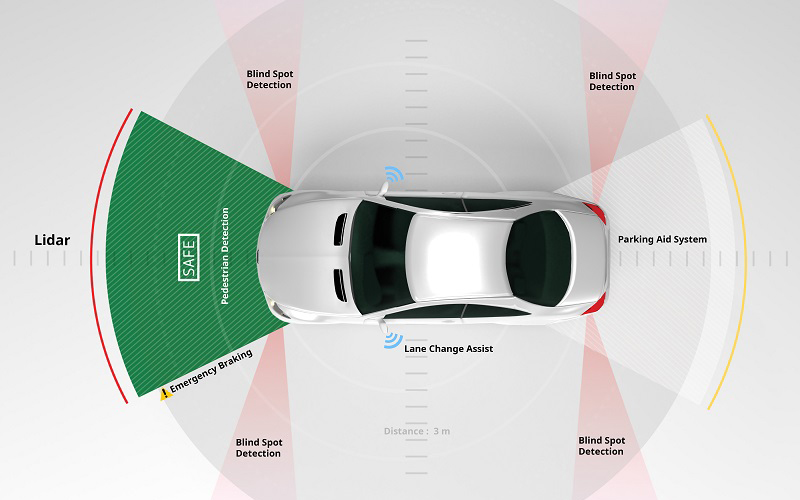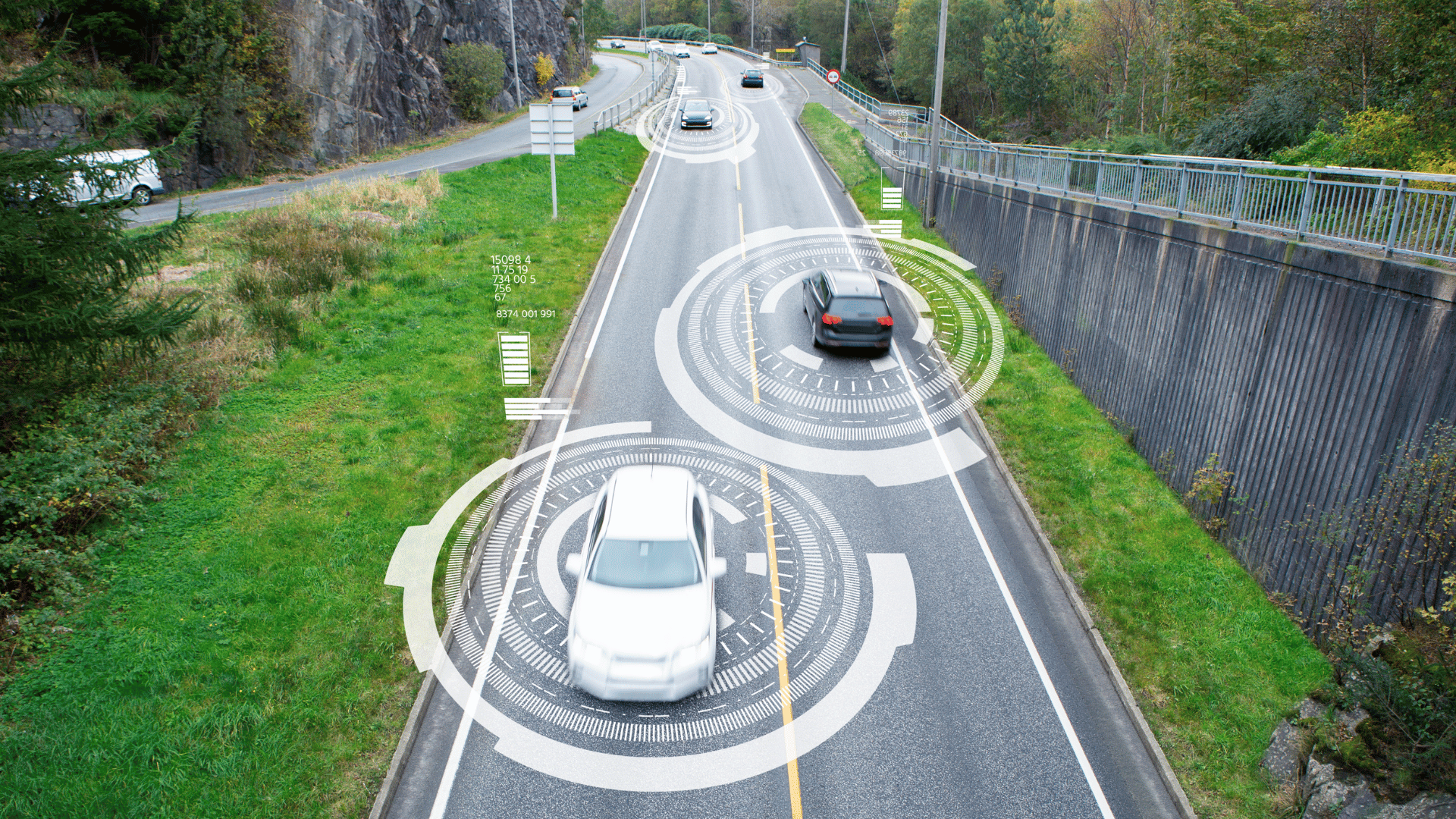As we envision the future of transportation, autonomous electric vehicles (AEVs) emerge as a groundbreaking innovation set to reshape mobility. These vehicles promise not only to revolutionize travel but also to address critical environmental challenges. This blog delves into the trends, innovations, and potential societal impacts of AEVs, with a special focus on their electric foundations.
Understanding Autonomous Electric Vehicles
Autonomous Electric Vehicles are self-driving cars powered entirely by electricity. They integrate advanced technologies such as artificial intelligence (AI), state-of-the-art sensors, and seamless connectivity to navigate roads efficiently and safely. These technologies work together to achieve higher levels of automation while enhancing the overall driving experience.
The Rise of Electric Vehicles
The global shift toward electric vehicles is fueled by several key factors:
- Environmental Concerns: With climate change becoming an urgent issue, the automotive industry is transitioning from fossil fuels to electric power to reduce carbon emissions.
- Technological Advancements: Improvements in battery efficiency and the expansion of charging infrastructure have made EVs more practical and appealing.
- Government Policies: Stricter emission regulations and financial incentives from governments worldwide are accelerating EV adoption.
The Role of AI in AEVs

AI is central to the functionality and evolution of AEVs, driving improvements in safety, efficiency, and reliability.
- Smart Navigation: AI processes real-time data to optimize routes, saving time and energy.
- Predictive Maintenance: AI monitors vehicle performance, predicting maintenance needs to minimize downtime and costs.
- Enhanced Safety: AI-powered systems detect obstacles and respond faster than human drivers, reducing accidents caused by human error.
Key Innovations Driving AEV Development
Several cutting-edge technologies are propelling AEVs forward:
Advanced Sensor Technology
AEVs rely on sophisticated sensors to accurately perceive their environment:

- LiDAR (Light Detection and Ranging): This technology uses laser light to generate precise 3D maps, enabling accurate navigation even in adverse weather.
- Cameras and Radar: These sensors work in tandem to detect road signs, lane markings, and nearby vehicles for safer driving.
5G Connectivity

The rollout of 5G networks is revolutionizing how AEVs communicate:
- Real-Time Data Sharing: Vehicles exchange information on traffic, road conditions, and hazards, improving traffic flow.
- Vehicle-to-Everything (V2X) Communication: AEVs interact with traffic lights, pedestrians, and other road users, enhancing safety and coordination.
Edge Computing
Processing data locally, rather than relying solely on the cloud, offers critical benefits:
- Faster Decision-Making: Onboard data processing allows AEVs to react swiftly to dynamic driving conditions.
- Improved Reliability: Local processing ensures functionality even in areas with poor internet connectivity.
Trends Shaping the Future of AEVs
Rise of Shared Mobility
Shared mobility is redefining car ownership and usage:
- Reduced Ownership: Consumers may opt for autonomous ride-sharing services instead of owning personal vehicles.
- Less Congestion: Shared AEVs can optimize routes, reducing the number of cars on the road.
Focus on Sustainability
Sustainability remains a key focus for the automotive industry:
- Battery Recycling: Efforts are underway to develop sustainable methods for recycling used EV batteries.
- Renewable Energy Integration: Future AEVs could utilize renewable energy for charging, minimizing their environmental footprint.
Regulatory Developments
Governments are working on frameworks to regulate autonomous driving:
- Safety Standards: Ensuring AEVs meet rigorous safety requirements before public deployment.
- Liability Issues: Addressing accountability in cases of accidents involving autonomous vehicles.
The Broader Impact of AEVs on Society
The widespread adoption of AEVs could have profound societal implications:
Economic Transformation
- New Job Opportunities: Increased demand for AI experts, software engineers, and data analysts.
- Shift in Job Markets: Automation could reduce roles such as taxi and truck drivers, necessitating workforce reskilling.
Urban Planning Revolution
- Reimagined Spaces: Reduced reliance on parking lots could free up urban land for green spaces and community development.
- Enhanced Public Transport: AEV technology may complement and improve public transportation systems.
Environmental Benefits
- Lower Emissions: Electric motors eliminate tailpipe emissions, contributing to cleaner air.
- Quieter Cities: AEVs generate less noise than traditional combustion engines, reducing noise pollution in urban areas.
Conclusion
The future of autonomous electric vehicles is brimming with potential. From reducing environmental impact to revolutionizing urban mobility, AEVs are set to transform transportation as we know it. While challenges such as regulatory hurdles and public acceptance remain, rapid technological advancements and growing sustainability efforts indicate that a new era of mobility is closer than ever.
The road ahead may not be without obstacles, but the innovations shaping AEVs today promise a safer, greener, and more efficient transportation future.






